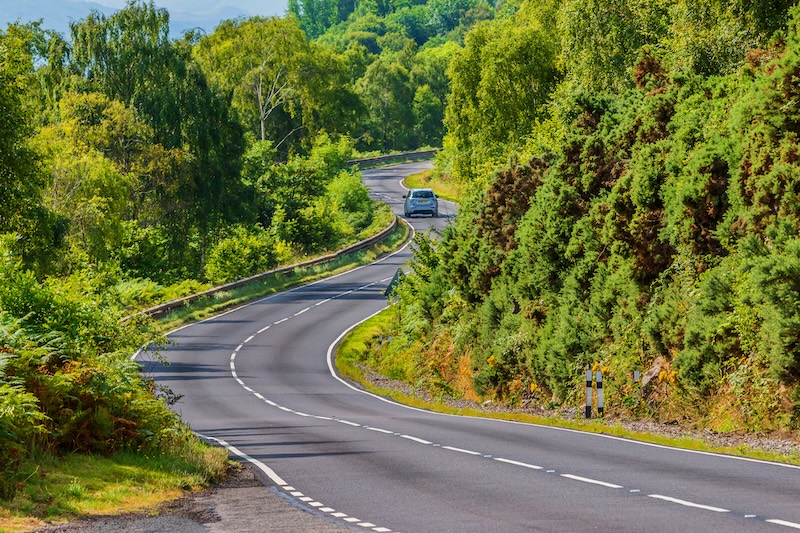Everything you need to know for long car journeys
The Easter holidays are just around the corner, so it’s the perfect time for a short getaway. If you’re driving to your destination, there’s lots of things you can do to make your journey easier.

Know your route
Make sure you know where you’re going before you set off. Plan your entire route, including places where you might stop for food, fuel, or just to stretch your legs.
Even if you have a satnav, or plan to use the map function on your phone to navigate, it’s a good idea to have a look at your route beforehand. That way, you can plan alternate routes in case you run into road closures or traffic.
Check your car
Before going on a long car journey, check your car over to make sure it can make the journey.
Tyres
Always make sure your tyres are in good condition before going on a long journey.
Your tyre tread should be a minimum of 1.6mm deep to be road legal. The easiest way to find out if your tyres are okay is the 20p test.
The outer band of a 20p coin is around 2mm, making it perfect for testing the depth of your tyre tread.
Just put the 20p in your tyre treads. If you can still see the outer band of the coin then your tyre tread may be illegal, so you need to have your tyres inspected by a professional as soon as possible.
Fluid levels
Oil
Oil lubricates all the internal parts of your engine and keeps it running smoothly. If you have low oil levels, or dirty oil, this could cause issues on a long car journey.
However, it’s very easy to check and top up your oil level.
The oil dipstick (it has a red, orange, or yellow end) will be located at either the front or back of your engine depending on the make and model of the car.
The very end of the dipstick will be coated in oil, and you’ll see minimum and maximum marks to let you know how much oil should be in your car. Ideally, your oil level should be at least 75%, but if the level is above the minimum line, then you’ll be okay to drive.
If your level is hovering at, or below, minimum, then you should top up your oil ASAP.
Top tip: You’ll need to turn your engine off and clean the dipstick before re-dipping it to get an accurate reading.
Windscreen wash
Keeping your windscreen clean is vital when driving. Depending on where your road trip takes you, you may find yourself driving along muddy country roads, which will make your windscreen dirty far faster than you’d think.
Proper windscreen wash is always best, but there are a couple of home recipes that will also work:
• White vinegar: A well-known substitute glass cleaner that won’t freeze in cold conditions. Make sure you dilute the vinegar with water.
• Soap-alcohol: Mix a gallon of water with a cup of vodka or isopropyl alcohol. Shake the mixture and add a spoonful of mild dish soap and then shake again. If it’s especially cold, consider adding another cup of alcohol.
Top tip: Don’t use pure water. It’s more likely to just smear dirt across your windscreen than it is to clean it. Plus, it will freeze at lower temperatures.
Road safety
A road trip means long hours in the car and unfamiliar roads, so it’s important to know how to keep yourself safe while you’re driving.
Take breaks
Before you set off, make a note of all the possible places where you can stop to take a break. These don’t have to be service stations – they could include laybys where you can get out and stretch your legs for a few minutes.
If you’re doing a really long road trip, you might want to consider stopping overnight somewhere. Just because it’s technically possible to drive to your destination in one day, doesn’t necessarily mean you should, especially if your drive is upwards of 6-7 hours.
Road signs
Depending on where you live, you may not be used to a wide variety of road signs. Do some quick research on what signs you’re likely to see while on your road trip so you know what they mean and how to respond to them.
If you’d like more information, check out our blog on how to drive safely on rural roads.